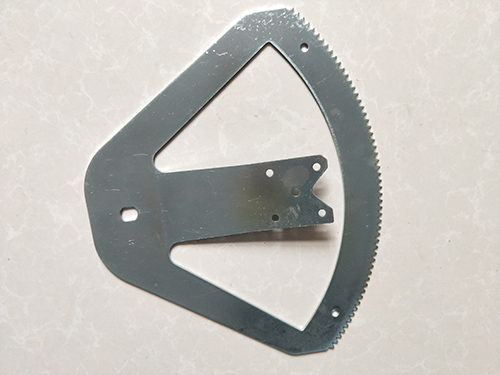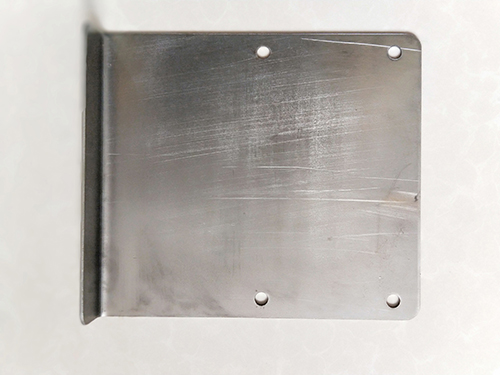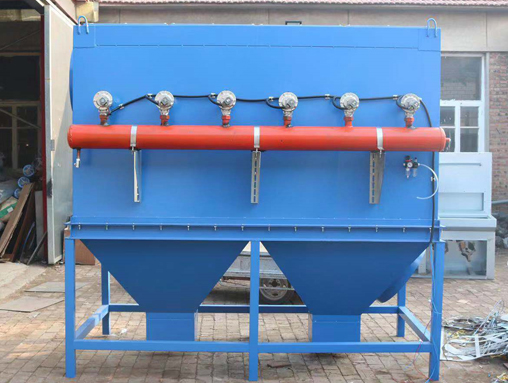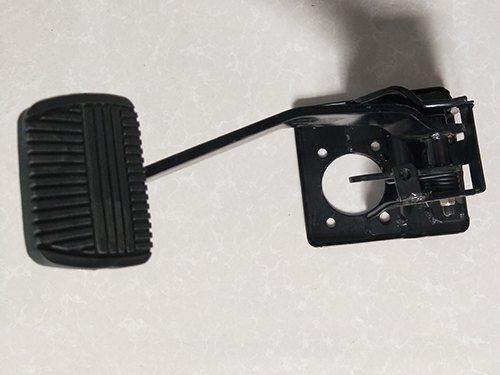Design requirements and strength methods for stamped parts
Aluminum is a commonly used non-ferrous material in body stamping parts, characterized by high plasticity, low density, good thermal stability, and recycling. There are two types of aluminum materials: pure aluminum and alloy aluminum. Aluminum with a purity above is called pure aluminum, while aluminum with a purity below is called aluminum alloy. Pure aluminum has very low strength and cannot meet the requirements of automotive hardware stamping parts; The strength requirement is that aluminum alloy has better strength, which is achieved through alloying and heat treatment of pure aluminum. Its work hardening index is higher than that of pure aluminum, and therefore the processing impact force is also higher than that of pure aluminum. However, in terms of shape stability, aluminum alloy is worse than pure aluminum.
Using aluminum alloy on body stamping parts can reduce the weight of the body and meet the lightweight requirements of the body. For example, using 1.4 times thicker aluminum alloy plates instead of ordinary steel plates for the outer panel of the body can achieve 48% of the weight of ordinary steel plates because the density of aluminum alloy plates is only 1/3 of that of steel plates. When using aluminum alloy plates for the inner panel of the body, the thickness of the plate can be consistent with that of ordinary steel plates due to spatial dimensions, resulting in a weight of 35% of ordinary steel plates. The main limitations of the application of aluminum alloy in car bodies are its formability, weldability, coating, surface treatment, and cost, which are relatively inferior to ordinary steel plates and require further research and solutions.
Function is a condition that stamping parts in car body design must meet, and it is also a basic condition. If a stamped part cannot meet its own design requirements, then no matter how beautiful the shape is and how strong it is, it is a failed design. From this perspective, functionality is the first thing that a designer thinks of when designing a stamped part, and it is the direct and achieved goal. According to their functions, body stamping parts can be divided into several types such as outer panels, inner panels, mounting panels, and reinforcement panels. And the functions of stamping parts are not separated from each other, which means that usually a metal part needs to undertake several functions, such as the installation plate serving as a reinforcement, and the inner plate serving as both installation and reinforcement. The function is constantly changing, such as welding several stamped parts together to form a new component or assembly, such as the engine compartment assembly, floor assembly, etc., which plays a role that is not present when these parts are scattered, layer by layer, and then splicing these intersecting stamped parts together to form a later assembly, which is commonly known as the white body.
The styling of a car is an important factor in determining its success or failure. It usually determines people's visual evaluation of the car by giving it a visual impact. The basic requirements for car styling are simplicity, elegance, and rationality. The type of car styling depends on the designer's design philosophy, such as the designer deciding whether the designed model is stable, heavy, or lightweight and agile. These decisions are made through long-term market research and the target consumers of the car, which is a complex process that will not be elaborated here.
In car body design, the exterior surface shape of the car is already determined at the beginning of the design, such as the oil mud shape, while the design of the inner panel is usually attached to the outer panel, so we can say that metal stamping parts; The basic dimensions, such as length, width, and shape, are determined by the body shape. After meeting these basic conditions, creativity is needed in the details to achieve beauty and comfort as much as possible.
Strength is an important indicator in vehicle body evaluation. If the strength of the vehicle body is not good, it will affect its performance and cause incalculable consequences and losses. Many researchers nowadays focus on strength as their research object, discussing the importance of vehicle body strength and how to improve it, which also illustrates the importance of strength in vehicle body design. Especially for stamping parts that install engines, chassis, and some moving parts on the vehicle body, strength is particularly important due to the importance of the engine and chassis to the car and the impact of the relative motion between the moving parts and the vehicle body on the stamping parts (such as wear, distortion, etc.).
The following methods can be used to increase the strength of body stamping parts:
(1) On the premise of meeting the standards and lightweight requirements of the vehicle body, increase the design thickness of stamped parts, which is commonly referred to as material thickness.
This model is the nut plate for installing the front door hinge. As is well known, the door is a relatively complex problem in automotive design due to its weight and complex relative motion. In addition to some important parameters in door and hinge design, the nature of such a heavy component is the nut plate for installing the hinge, which needs to bear a large weight. Therefore, we need the strength of this nut plate and set its material thickness to 3.2mm.
(2) Adding flanging can improve the strength of stamped parts and prevent deformation such as twisting and bending, which is a commonly used method. It should be noted that this method is mostly used for small-sized stamped parts, and for large-sized stamped parts, the effect of this method is often not significant.
In order to improve the strength of the nut plate, a flange was added around its three edges to enhance the strength of the workpiece, enabling it to withstand the weight of the car door and eliminate potential hazards caused by the movement of the car door.
The shape of the front floor of a certain car is that the floor is a stamped part with high stress in the body, supported by longitudinal beams on both sides, with several gauges arranged in the middle, and larger components such as the dashboard and seats arranged on top, which need to bear the weight of passengers. The stress situation is complex, and because the floor is one of the very large stamped parts in the body, it is closely related to the weight of the white body. In order to achieve the lightweight requirements of the white body, the thickness of the material needs to be strictly controlled. Therefore, a large number of reinforcement ribs with different shapes were added to the stamped part of the car to meet the strength requirements of the stamped part as much as possible. From the picture, we can see that these reinforcement ribs are generally symmetrical on both sides, arranged beautifully, and have a series of installation holes and process holes on the floor. Combining positioning holes harmoniously and uniformly to meet the requirements of styling.







